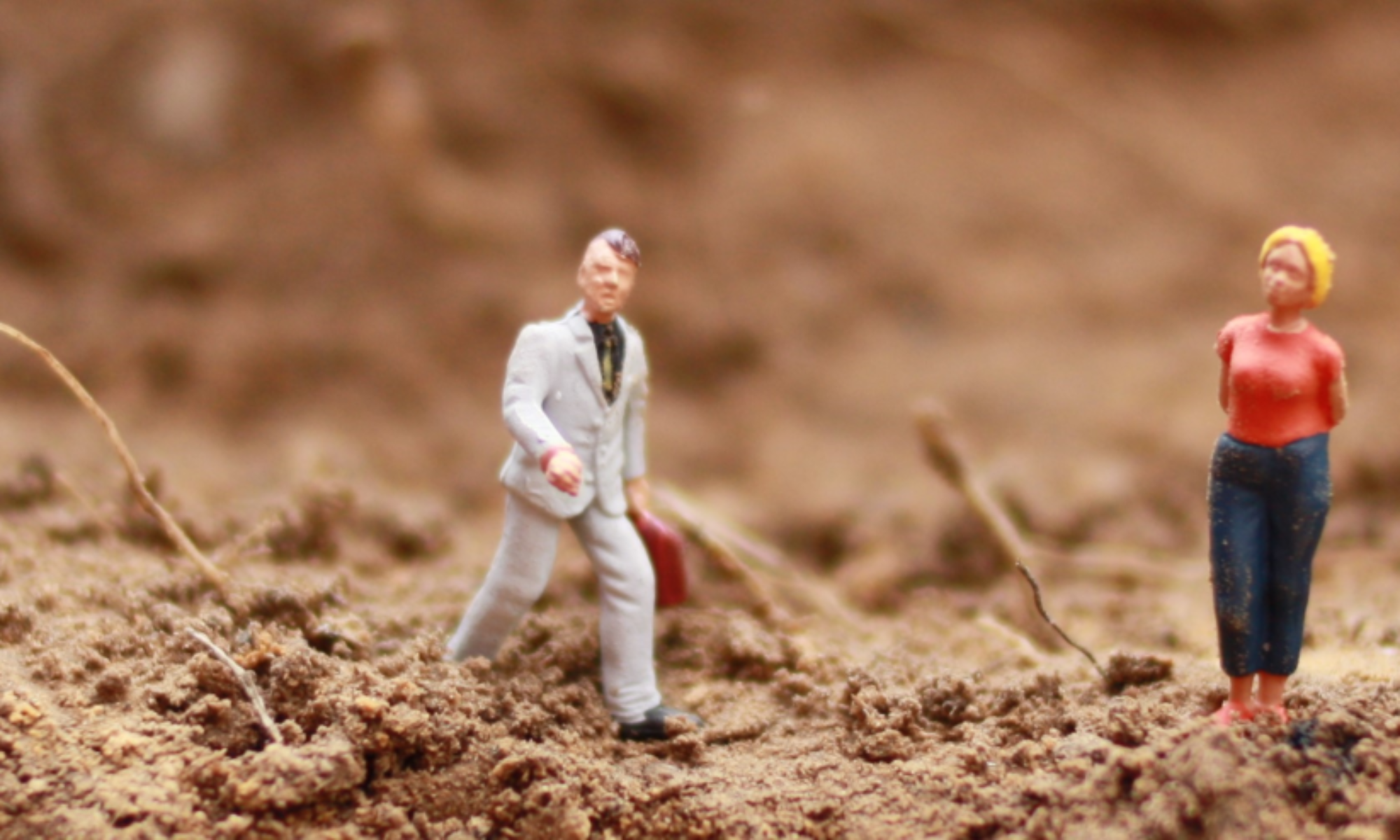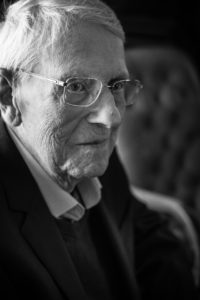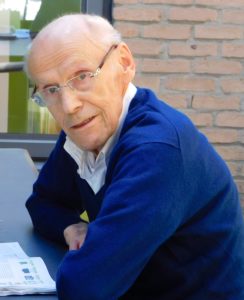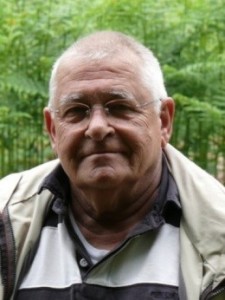Op 28 januari 2021 is ex-bodemkarteerder Jozef Vandamme van ons heengegaan in het AZ Klina te Brasschaat.
Jef werd geboren op 1 maart 1926 te Geluwe. Na de lagere school in Geluwe en de Grieks-Latijnse humaniora in het college te Menen, studeerde hij landbouwwetenschappen aan de Universiteit Gent. Hoewel hij bijzonder geboeid was door bosbouw, kwam hij terecht in de bodemkunde waar hij als gedreven student opgemerkt werd door Prof. De Leenheer. Nog voor het eindexamen bood deze hem een plaats aan als wetenschappelijk onderzoeker. Jef trouwde met Yolande Van Eeckhoven met wie hij 4 kinderen had. In 1967 sloeg het noodlot toe. Yolanda stierf bij de geboorte van hun jongste kind. In 1968 hertrouwde hij met Mia Rijcken. Jef had 4
kinderen, 14 kleinkinderen en 4 achterkleinkinderen.
Bodemkartering – UGent
Jef vervoegde het grote bodemkarteringsproject van België dat in 1947 als het Comité voor het opmaken van de bodemkaart van België was opgestart onder auspiciën van het IWONL (Instituut tot Aanmoediging van het Wetenschappelijk Onderzoek in Nijverheid en Landbouw). Vanuit het Centrum voor Grondonderzoek, onder leiding van Prof. De Leenheer, doorkruiste Jef België om bodemprofielen
systematisch te beschrijven en te bemonsteren, geassisteerd door zijn ‘veldpreparator’ G. De Vuyst. In het begin gingen ze per fiets, daarna op moto met sidecar en tenslotte met de wagen. Daarmee had Jef enorm veel bodems van België gezien, beschreven en geanalyseerd. Hij was als een encyclopedie die bodems als geen ander kon plaatsen in landschaps-sequenties waarmee de logica van de meest complexe bodemkaarten meteen duidelijk werd. Als eerste in Vlaanderen mat Jef op
systematische wijze grondwaterstanden met behulp van een enorm netwerk van peilbuizen om de gehanteerde vochttrappen bij de bodemkartering te kalibreren. Jef legde de opgedane kennis vast in publicaties, eerst in zijn doctoraal proefschrift dat in 1971, in de toen zogenoemde Rijkslandbouwhogeschool Gent, werd verdedigd met Prof. De Leenheer als promotor:
Vandamme, J., & De Leenheer, L. (1971). Variatie van de textuur van de bovengrond en van de grondwaterstand in de bodems van de provincie Antwerpen. https://lib.ugent.be/catalog/rug01:000236575
Dit werk dient tot vandaag als referentie in het scenario van een uitdrogend Vlaanderen ten gevolge van klimaatsverandering. Andere belangrijke publicaties uit die periode zijn o.m.:
Vandamme, J., De Leenheer, L., 1971. Bodemtextuur van de bouwvoor, landschapsindeling en bodemassociaties in de provincie Antwerpen; https://lib.ugent.be/nl/catalog/rug01:000225892
Een prachtig geïllustreerd werk:
De Leenheer, L. et al.,1966. Natuurspiegel van Oost-Vlaanderen
https://lib.ugent.be/nl/catalog/rug01:000201619
Door deelname aan buitenlandse congressen en studiereizen verdiepte hij zijn wetenschappelijke kennis en deelde ze met anderen. Deze reizen brachten hem o.m. in Oostenrijk, de VSA, het toenmalige Tsjechoslowakije, Hongarije en Roemenië, Spanje, Marokko, India, Hongkong, Japan en Thailand.
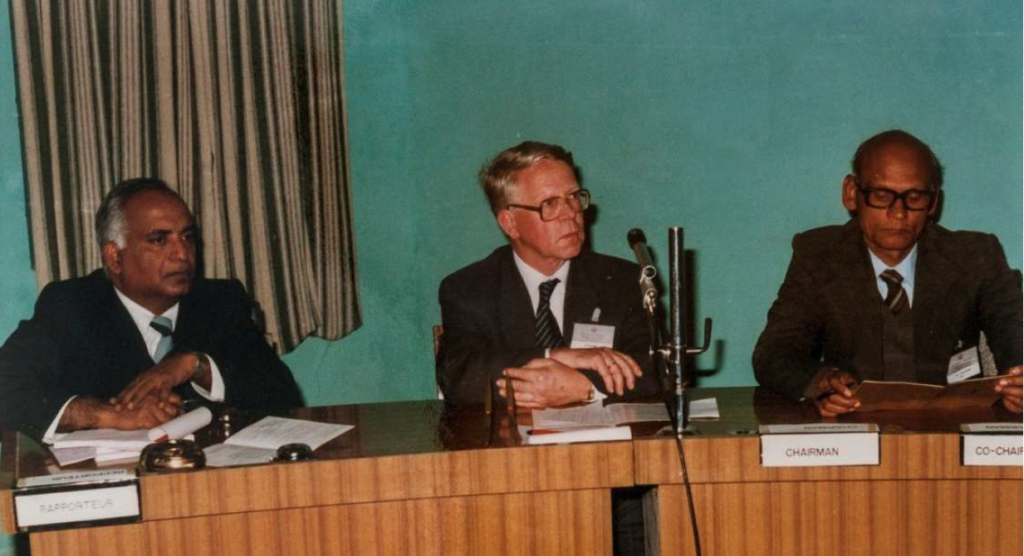
Bodemgeschiktheid – KU Leuven
Toen het bodemkarteringsproject in begin jaren 1970 ten einde liep, vervoegde Jef het Studiecentrum voor Tuinbouwgronden (IWONL) dat aan de KU Leuven onder leiding van Prof. I. Scheys werd opgericht. Dit was een logisch verlengstuk van zijn loopbaan. De opgedane kennis werd nu ingezet om op systematische wijze de bodemkaart te vertalen naar inherente bodemgeschiktheidsnormen voor groentegewassen. Met de kundige assistentie van Ir. Wim Smets, Paul Janssens en Louis Lettani werden overal in Vlaanderen veldproeven aangelegd om bodemgeschiktheidstabellen te berekenen voor tomaten, stamslabonen, fijne worteltjes, kropsla, schorseneren, bleekselder, pootaardappelen, prei, bloemkolen, spruitkool, aardbeien, asperges en witloof. Jef publiceerde deze schat aan verzamelde kennis in een vademecum van de Bodemgeschiktheid:
Vandamme, J., Deckers, J., Feyen, J., 1994. De bodemgeschiktheid voor groenten Studiecentrum voor Tuinbouwgronden, IWONL gewassen.
Na het overlijden van Prof. I. Scheys verzorgde Jef gedurende enkele jaren het college Regionale Bodemkunde bij de bio-ingenieurs en de archeologen.
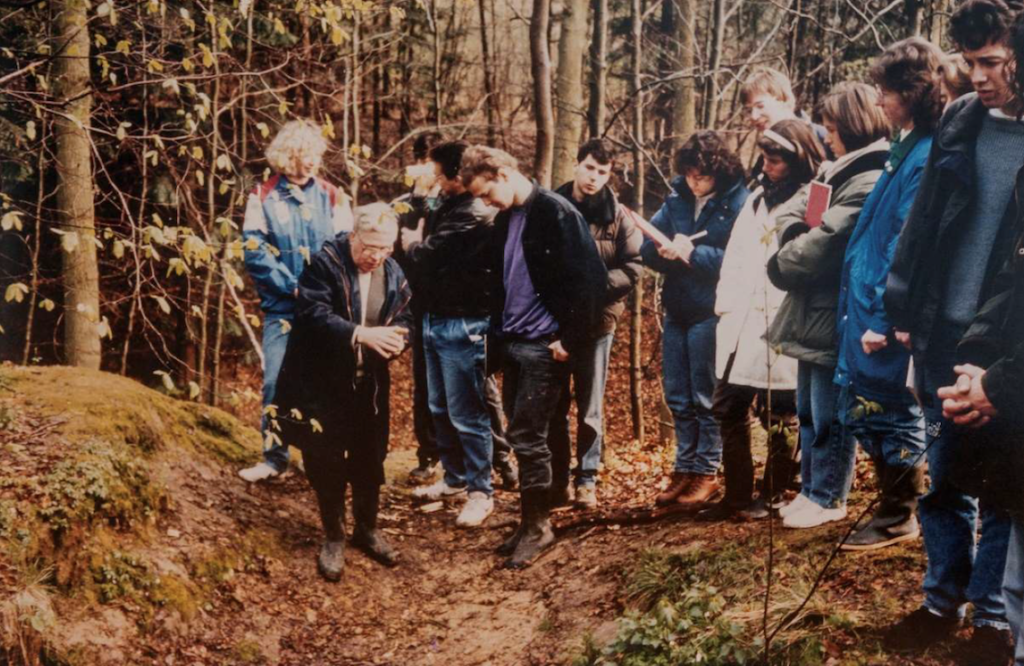
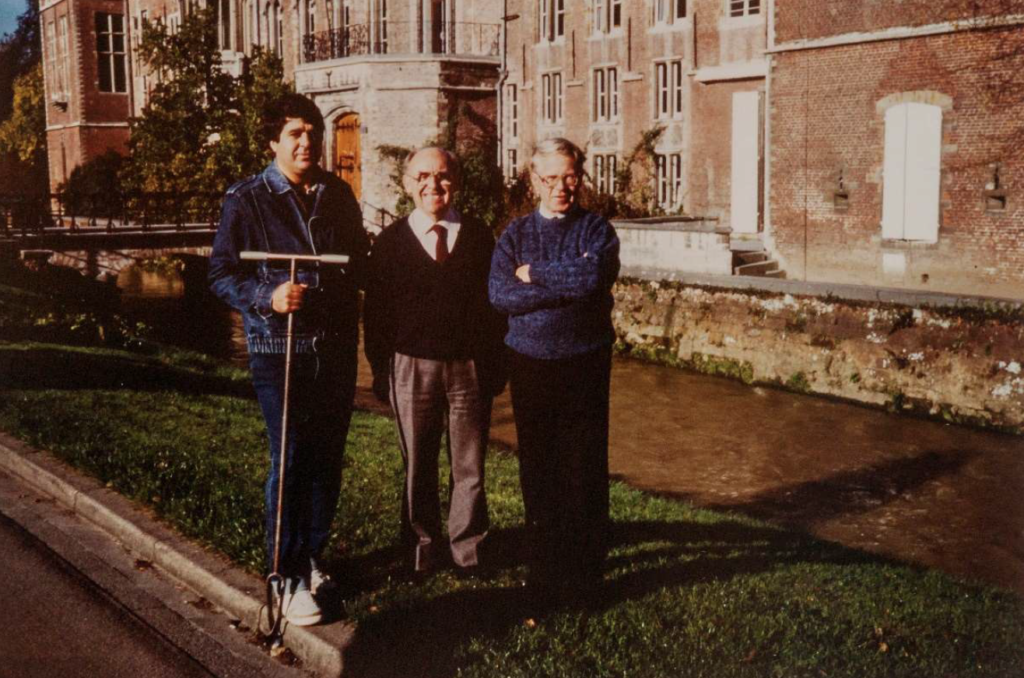
Begin 1990 speelde Jef een belangrijke rol in het COBIS project (IWONL) aan het Instituut voor Land- en Waterbeheer onder leiding van Prof. Jan Feyen, KU Leuven. In dit ambitieuze project werden de onderliggende data bij de bodemkaart van België gedigitaliseerd en in de database Aardewerk opgenomen. Jef controleerde alle cijfers op hun consistentie vooraleer ze door jobstudenten ingegeven werden. Deze database zou een van de hoekstenen vormen van de digitale bodemkaart van Vlaanderen die nu zeer druk geconsulteerd wordt op de website van de Dienst Ondergrond Vlaanderen: https://www.dov.vlaanderen.be/page/bodemkaarten
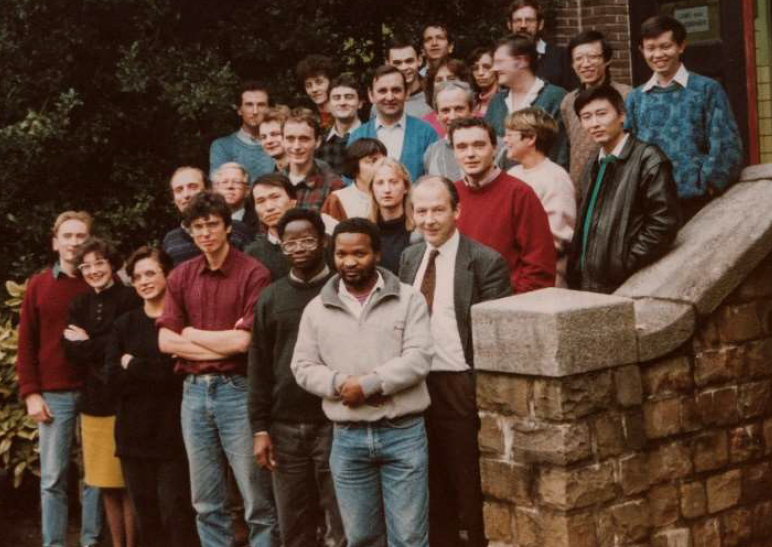
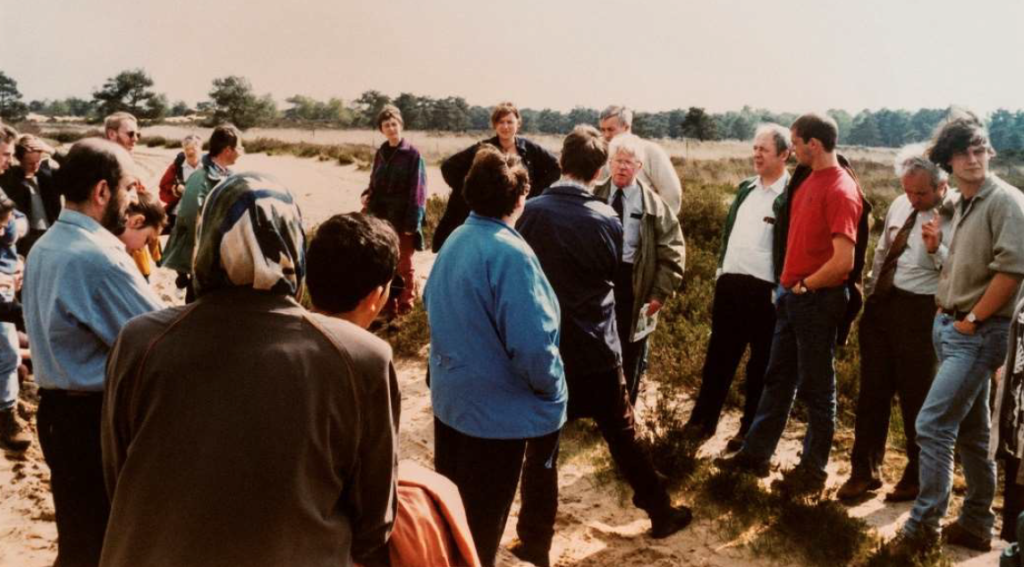
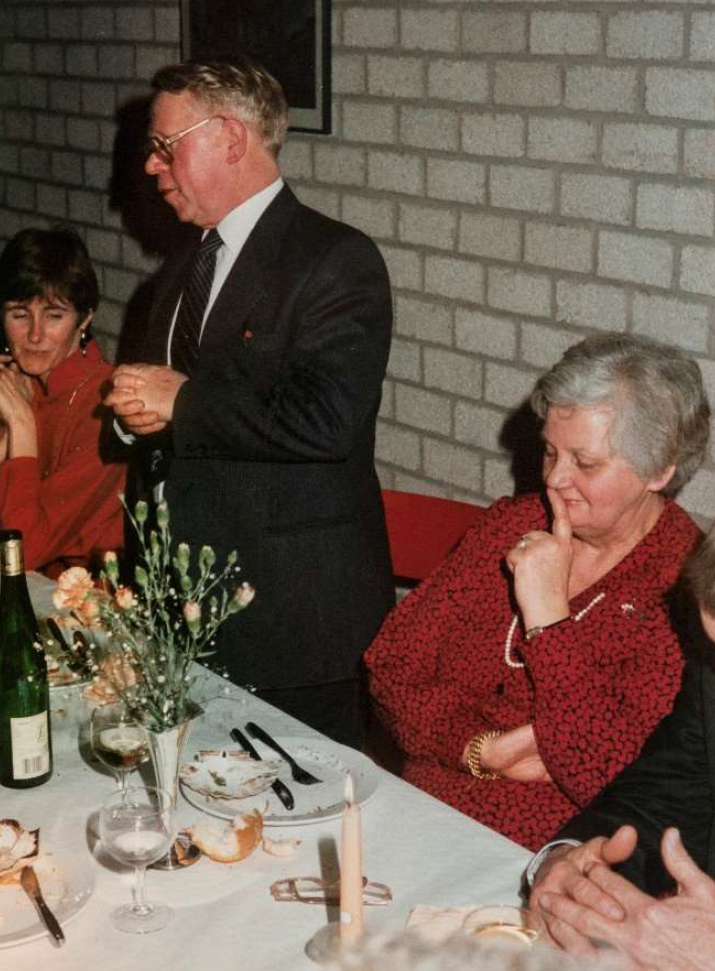
Professor Emeritus
Jef bleef ook na zijn pensioen zeer geëngageerd voor bodem en natuur. Ik herinner me nog levendig hoe hij heel enthousiast de verhalen vertelde bij de bodemmonolieten, een archiefcollectie bij de Bodemkaart van België. Jef kwam graag terug naar Leuven om met onze studenten Bodemkunde in discussie te gaan. Hij was op zijn best tijdens de veldexcursies bij het vak Regionale Bodemkunde tot midden in de jaren 1990. Hij was toen ook gastprofessor aan de Katholieke Hogeschool Brugge-Oostende.
Ook politiek was Jef actief: eerst als gemeenteraadslid (6 jaar), later als schepen van Parken en Plantsoenen in de groene gemeente Brasschaat (12 jaar). Hij heeft zo bijgedragen tot de verfraaiing van lanen en parken. Van het park de Mick maakte hij een klein arboretum. Hij zette mee zijn schouders onder het project van de kinderboerderij Mikerf en het maatwerkbedrijf Aralea. Verder werd hij de stuwende kracht achter het project Brasschaat helpt Roemenië. Hij verzorgde verscheidene transporten
en ging zelf een aantal keren ter plaatse om er een school en een dokterspraktijk te helpen uitbouwen.
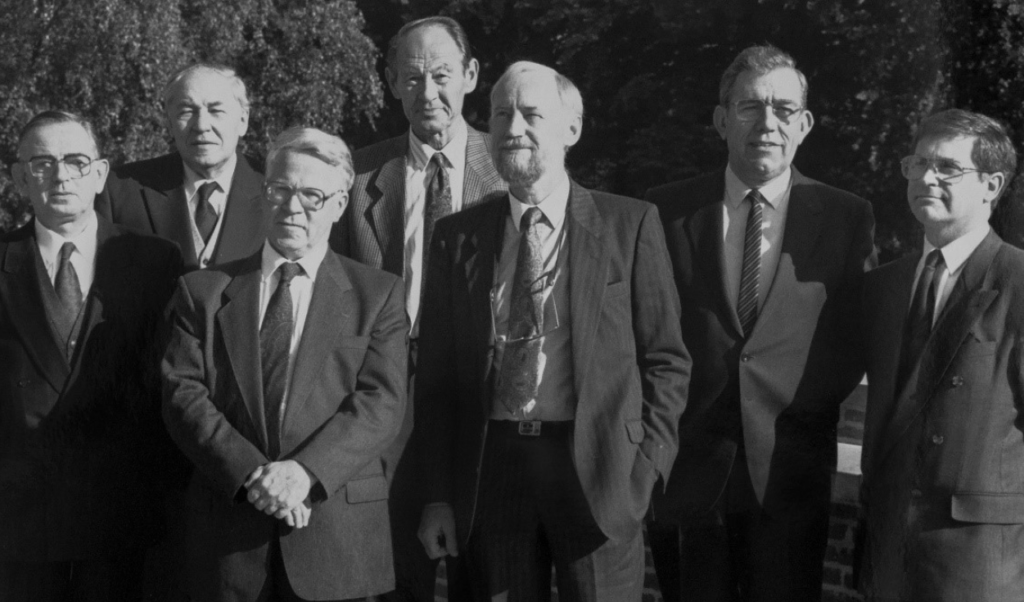
Jef was klein van gestalte maar een grote persoonlijkheid, een doorzetter met een enorm rechtvaardigheidsgevoel. Hij was veelzijdig geïnteresseerd in talen, kunst, muziek en geschiedenis. Hij zal in ons hart voortleven als zeer gemoedelijk, beminnelijk en bescheiden. Op een ereplaats in het Geo- Instituut te Heverlee hangen de bodemmonolieten van België als stille getuigen van de vele boeiende verhalen die Jef ons toevertrouwde. Zijn uitgebreide kennis is recentelijk toegankelijk gemaakt via de bodemmonolietenwebsite: https://ees.kuleuven.be/soil-monoliths/
Graag betuigen we onze innige deelname aan de familie en nabije kennissen.
Met speciale dank aan Ria Vandamme en Georges Hofman (UGent) voor de bezorgde informatie.
Seppe Deckers
Hoogleraar Emeritus met opdracht
Departement Aard en Omgevingswetenschappen, KU Leuven
